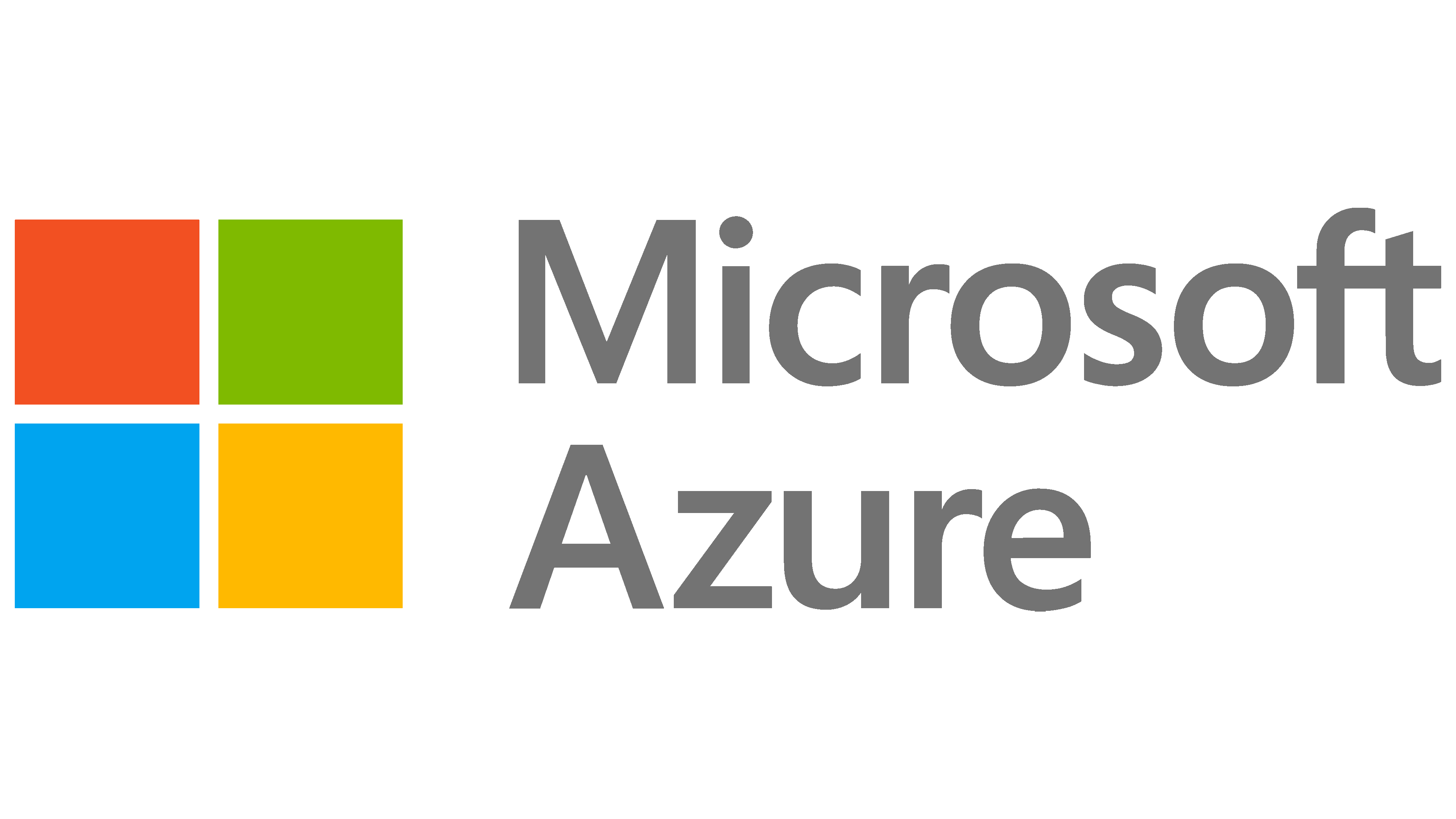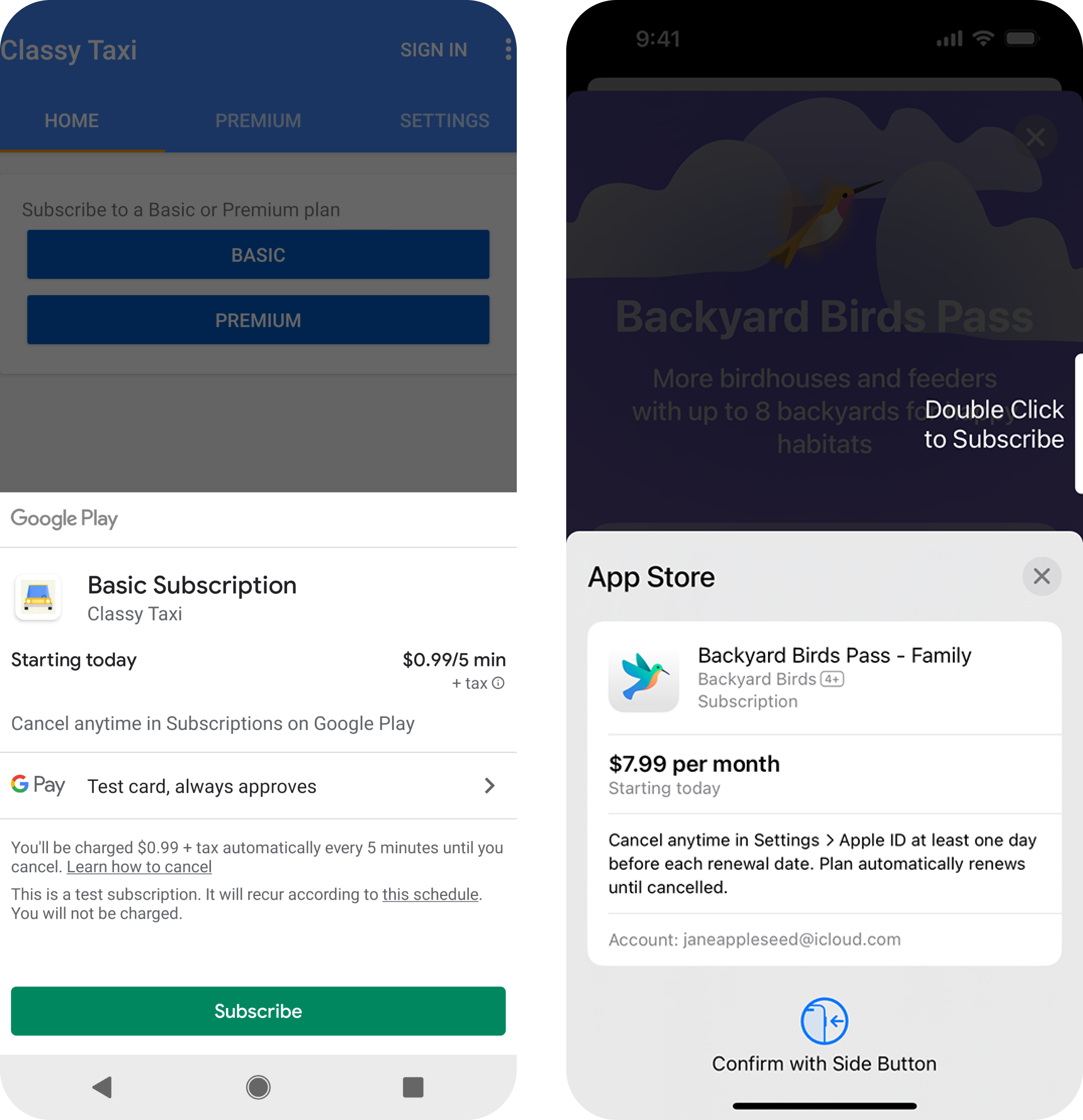1. Introduction
In recent years, Text to Speech (TTS) and Speech to Text (STT) technologies have made significant advancements, playing a crucial role in enhancing user experiences and optimizing workflows. From assisting the visually impaired to developing virtual assistants and automating customer service processes, TTS and STT are becoming increasingly prevalent across various industries.
Google Cloud and Microsoft Azure are two of the leading providers of TTS and STT services, offering powerful and flexible solutions for businesses and developers alike. However, choosing between these two platforms isn't always straightforward, as each has its own strengths and limitations.
In this blog, we will explore and compare the TTS and STT services offered by Google Cloud and Microsoft Azure, helping you gain a deeper understanding of the advantages and disadvantages of each platform. This will enable you to make an informed decision based on your specific needs.
2. Overview of Google Cloud and Microsoft Azure
Google Cloud
Google Cloud is Google’s cloud computing platform, offering a wide range of services and tools to build, develop, and manage applications, including advanced AI services like Text to Speech (TTS) and Speech to Text (STT). Google is renowned for its natural language processing capabilities and cutting-edge machine learning technology, making its TTS and STT services among the top choices in the market. Key strengths of Google Cloud include:

- Extensive language support: Google Cloud supports a wide variety of languages and voices, making it ideal for businesses operating globally.
- Advanced machine learning technology: Powered by Google’s robust AI infrastructure, its machine learning and natural language processing capabilities are highly accurate and efficient.
- Seamless integration with other Google services: TTS and STT services can be easily integrated with Google applications like Google Assistant, YouTube, and Google Docs, offering a cohesive ecosystem.
Microsoft Azure

Microsoft Azure is Microsoft’s cloud platform, known for its comprehensive suite of cloud services, including TTS and STT through Azure Cognitive Services. With a strong reputation in enterprise software, Microsoft Azure is a reliable choice for businesses seeking TTS and STT solutions. Azure stands out with:
- Integration with the Microsoft ecosystem: Azure integrates smoothly with tools like Microsoft Office, Dynamics 365, and Teams, allowing businesses to leverage Microsoft’s extensive ecosystem.
- Multi-platform support: Azure TTS and STT services work well across various devices and environments, including Windows, iOS, and Android.
- Security and compliance: Microsoft Azure is known for its high security standards and strong compliance with regulations, making it a suitable choice for industries requiring stringent security measures like finance, healthcare, and government.
3. Comparing Text to Speech (TTS) Services
| Feature | Google Cloud | Microsoft Azure | Verdict |
|---|---|---|---|
| Voice Quality | Google Cloud uses WaveNet technology to provide highly natural-sounding voices. It supports over 220 voices in 40+ languages and dialects, with great clarity and conversational intonation. | Azure offers Neural TTS with over 400 voices in 140+ languages, focusing on emotional expression and regional accent support. It produces clear, realistic speech. | Google Cloud's voices are great for natural conversational tones, while Azure excels in broader language coverage and emotional expression. |
| Customization Options | Google Cloud allows SSML-based customization for controlling pitch, speed, and pauses, but the level of customization is limited. | Azure offers more detailed SSML customization options, allowing developers to alter the tone, speed, and express emotions like cheerfulness or sadness. | Azure provides superior customization, especially for adjusting emotional tones. |
| Advanced Features | Google TTS supports SSML and enables real-time multilingual voice switching. It also includes optimization for different devices and platforms. | Azure provides unique features like Custom Voice creation, enabling businesses to develop personalized voices. It also supports SSML and regional accents. | Azure leads with its Custom Voice feature and better support for local accents, providing greater flexibility for branding and localization. |
| User Experience and Integration | Google Cloud offers a user-friendly API and integrates seamlessly with other Google services like Google Assistant and Firebase. | Azure offers robust integration with Microsoft products such as Office, Dynamics 365, and Teams, making it ideal for companies within the Microsoft ecosystem. | Both platforms offer easy integration, but the choice depends on which ecosystem you're already using. |
Overall Comparison
Google Cloud: Best for natural, conversational voices with strong AI-driven features.
Microsoft Azure: Ideal for businesses needing broader language support, deeper customization, and custom voice creation.
4. Comparing Speech to Text (STT) Services
| Feature | Google Cloud | Microsoft Azure | Verdict |
|---|---|---|---|
| Accuracy | Uses advanced machine learning models for high accuracy in various contexts. | Neural models for highly accurate recognition, even in noisy environments. | Both are highly accurate, but Azure excels in challenging environments (e.g., background noise). |
| Language Support | Supports 125 languages and dialects. | Supports over 100 languages and variants. | Google has a slight edge in language coverage, but both offer extensive support for global languages. |
| Real-time Processing | Offers real-time speech recognition with minimal latency. | Provides real-time transcription and supports streaming APIs for live applications. | Both offer reliable real-time capabilities, but Azure provides stronger features for streaming. |
| Speaker Identification | Can identify and separate multiple speakers in a conversation. | Azure offers built-in speaker diarization to distinguish between speakers. | Azure’s diarization is slightly more advanced, making it better for multi-speaker scenarios. |
| Customization | Google offers custom language models and vocabularies for specialized use cases. | Azure allows custom speech models tailored for specific industries and accents. | Both offer strong customization, but Azure’s customization is more detailed, especially for accents. |
| Advanced Features | Features include punctuation, word-level timestamps, and profanity filtering. | Includes features like custom commands, voice activity detection, and speaker emotion. | Azure offers more advanced features for specialized scenarios. |
| User Experience and Integration | Easy integration with other Google services, such as Dialogflow and Google Assistant. | Seamless integration with Microsoft tools like Office and Dynamics 365. | Depends on the ecosystem you're already using (Google or Microsoft). |
Overall Comparison
Google Cloud: Best for projects requiring a wide range of language support and robust accuracy in general contexts.
Microsoft Azure: Ideal for complex scenarios like multi-speaker conversations, real-time streaming, and advanced customization, especially in noisy environments or with diverse accents.
5. Pricing and Cost Models
| Service | Google Cloud | Microsoft Azure | Verdict |
|---|---|---|---|
| Text to Speech (TTS) | 4 million characters free per month, $16 per 1M characters (Standard), $24 per 1M (WaveNet). | 5 million characters free per month, $4 per 1M characters (Standard), $16 per 1M (Neural). | Azure offers more free usage and is cheaper, especially for Standard voices. |
| Speech to Text (STT) | 60 minutes free per month, $1.44 per hour of audio. | 5 hours free per month, $1 per hour of audio (Standard), $2.50 per hour (Custom). | Azure offers more free STT hours and better pricing for both Standard and Custom models. |
Cost-effectiveness and Value
For Small Projects: Azure’s larger free tiers make it a better choice for small-scale projects or experiments. It offers more usage without additional costs.
For Large Projects: Azure remains the more affordable option for larger-scale projects, particularly in TTS. Google’s WaveNet is pricier but may provide superior voice quality in high-end applications.
Value vs. Cost: Google is ideal for projects that prioritize top-notch speech quality. Azure provides a balance of cost-efficiency and advanced features, especially for businesses with budget constraints.
6. Developer Experience and Integration
| Aspect | Google Cloud | Microsoft Azure | Verdict |
|---|---|---|---|
| Ease of Integration | Seamless integration with Google services like Firebase and Dialogflow. | Strong integration with Microsoft products like Office 365, Teams, and Dynamics. | Depends on your tech stack (Google vs. Microsoft ecosystem). |
| APIs and SDKs | RESTful APIs and client libraries for Python, Java, Node.js, C#, and more. | REST APIs and SDKs for languages like .NET, JavaScript, Python, Java, and Swift. | Both offer comprehensive API support for various languages. |
| Documentation Quality | Comprehensive with many examples and tutorials, beginner-friendly. | Detailed documentation and quick-start guides for various use cases. | Both are good, but Google is slightly more beginner-friendly. |
| Developer Tools | Includes Cloud Console, monitoring tools, and integration with Firebase. | Offers Azure Portal, Azure Functions, and Visual Studio integration. | Azure has an edge for developers already using Microsoft tools. |
| Community Support | Large community with active discussions on Stack Overflow, GitHub, and Google Groups. | Strong community support with Microsoft Learn and Azure Developer Community. | Both have large, active communities. |
| Onboarding and Learning Curve | Easy onboarding for developers familiar with Google services. | Straightforward onboarding for developers in the Microsoft ecosystem. | Depends on familiarity with each ecosystem (Google vs. Microsoft). |
| Cross-platform Support | Supports mobile, web, and IoT platforms. | Supports mobile apps, web apps, and IoT devices. | Both are versatile in cross-platform support. |
Overall Comparison
Google Cloud: Best for developers who are familiar with the Google ecosystem and want beginner-friendly tools and documentation.
Microsoft Azure: Ideal for developers in enterprise environments who already use Microsoft services and tools like Visual Studio.
7. Use Cases and Recommendations
When to Choose Google Cloud
- Mobile and Web Apps: Google Cloud integrates seamlessly with Firebase, making it perfect for voice-driven mobile and web applications.
- AI-Powered Chatbots: With Dialogflow, creating conversational agents is easy, and integrating TTS/STT services enhances interactions.
- Premium Voice Quality: Google's WaveNet voices are among the best for natural-sounding speech, suitable for high-end customer-facing applications.
- International or Multilingual Projects: Google supports a wide variety of languages and dialects, making it a top choice for global projects.
- Small to Medium-sized Projects: Google’s pricing and free tier are ideal for smaller businesses or startups looking to minimize costs.
When to Choose Microsoft Azure
- Enterprise Solutions: Azure’s integration with Office 365, Teams, and Dynamics 365 makes it an ideal choice for corporate environments.
- Custom Voice Solutions: With Azure’s Custom Voice feature, businesses can create branded, unique voices tailored to their applications.
- Cloud-native Applications on Microsoft Stack: Azure integrates well with Azure Active Directory, Functions, and .NET for seamless development.
- IoT and Edge Computing: Azure’s robust platform supports real-time audio processing, ideal for IoT and edge computing applications.
- Large-scale or Enterprise-level Deployments: Azure offers scalability, security, and compliance features for large businesses with stringent requirements.
Recommendations for Developers and Businesses
1. Evaluate Your Ecosystem: Choose Google Cloud if your project relies on Google tools like Firebase or App Engine. Opt for Microsoft Azure if you’re deeply integrated into Microsoft’s enterprise ecosystem.
2. Budget and Project Scale: Google Cloud is cost-effective for smaller projects, while Azure offers better scalability and custom solutions for large enterprises.
3. Consider Future Growth: For highly customizable projects or those needing large-scale integration, Azure may offer better long-term benefits. For agility and mobile-first projects, Google Cloud is a stronger choice.
4. Voice Quality vs. Customization: Google Cloud excels in high-quality, natural-sounding voices, while Azure provides custom voice capabilities for branding and specialized use cases.
8. Conclusion: Google Cloud vs. Microsoft Azure for TTS and STT – Which Should You Choose?
Both Google Cloud and Microsoft Azure offer exceptional Text to Speech (TTS) and Speech to Text (STT) services, but the best platform depends on your project’s unique requirements.
Google Cloud TTS and STT:
- Perfect for Small to Medium-sized Projects: Affordable pricing and superior WaveNet voice technology.
- Global Reach: Excellent support for multiple languages and dialects.
- Seamless Integration: Ideal for apps built on Firebase, Dialogflow, and mobile/web platforms.
Microsoft Azure TTS and STT:
- Enterprise-grade Features: Strong integrations with Microsoft Office 365, Teams, and enterprise infrastructure.
- Custom Voice Capabilities: Tailored voice solutions for businesses needing branded, unique voices.
- Security and Scalability: A top choice for large-scale, secure, and compliant deployments.
Need Help with TTS or STT Integration?
If you're considering integrating Text to Speech or Speech to Text services from either Google Cloud or Microsoft Azure, we can help you assess your needs, provide guidance, and implement the solution that fits your business.
Whether you’re a startup looking for cost-effective voice solutions or an enterprise seeking a scalable, secure platform, we have experience working with both Google Cloud and Azure speech services.
Contact us today for a consultation on how to seamlessly integrate these powerful speech technologies into your applications!



